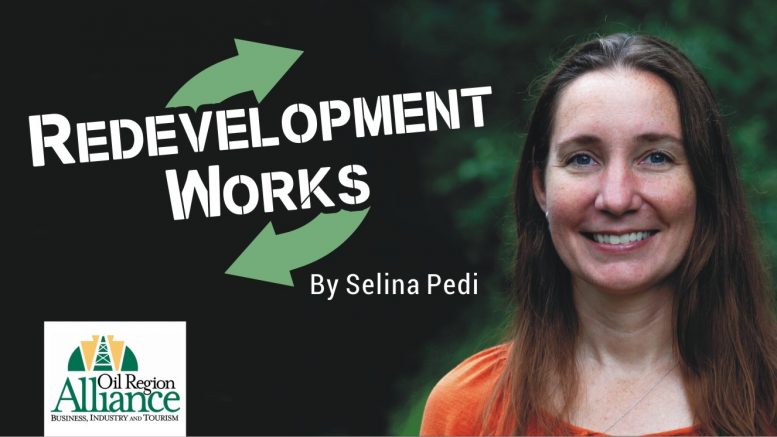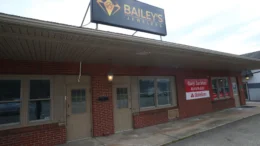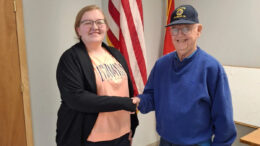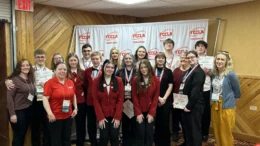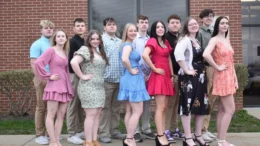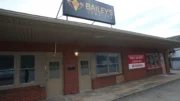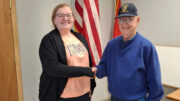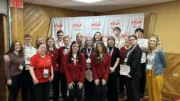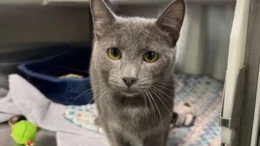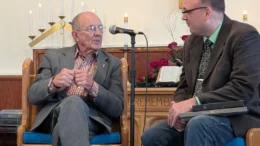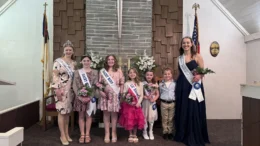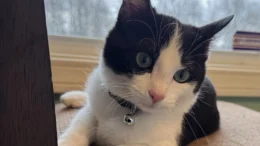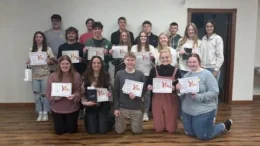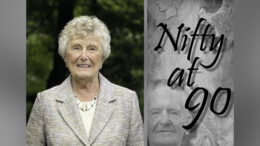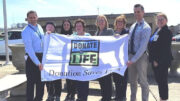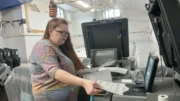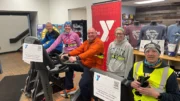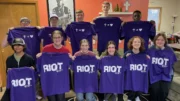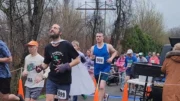Thursday, Nov. 5, was a momentous day for local redevelopment. After a year of grant-writing, waiting, strategizing, more waiting, and logistical planning, we finally had boots on the ground for the official kick-off of our EPA-funded Community-Wide Brownfield project. Joining me on the day were the project team of Sean Garrigan, Jill Gaito, Mark Miller, and Natalie McCarthy, all of whom are leading experts in brownfield remediation and redevelopment. We were also fortunate to have John O’Hara and Chris Schiappa from the Pennsylvania DEP with us, laying the groundwork for a close partnership in this and future redevelopment projects.
We started the day off right at the Plaza Restaurant in Emlenton, where the staff graciously helped us set up a space big enough for the entire project team. With full coffee mugs and satisfied bellies, we ran through the day’s schedule and ORA President John Phillips set the tone for our expectations of this project. “The last thing we want is another study on a shelf,” he stressed, adding “what we are looking for is implementable action.”
Implementable action and tangible benefits were foremost on our minds as we visited each project site. The weather couldn’t have been better for a day of stomping around outside, highlighting the rugged beauty of our landscape and the enormous potential of our area brownfields. This was the first chance for the project engineers and planners to get up close and personal with these sites, viewing them not just as individual brownfields, but as a collective, regional asset to be responsibly and strategically redeveloped for maximum community benefit.
After knocking the graphite dust off our boots from the Fuchs building in Emlenton, and taking a few moments to gaze in awe at the views from the neighboring Quaker State facility, we moved down to Foxburg to explore the old railroad sites along the river that will be managed by ARTinC. For some on the project team, this was their first time in Foxburg, and we enjoyed a stroll through the village center as we discussed how important the completion of our rail-trail will be to the redevelopment of the entire valley. From Foxburg, we moved on to the riverfront of Parker to discuss the many possibilities for revitalization, and then on to Oil City to explore the remaining two project brownfields.
Now that the entire team has had a chance to get their heads around the enormity of this project, both in terms of potential and of scale, our next steps are to compile all existing documentation of the sites and determine what assessments are needed, at which locations. While the environmental engineers are hard at work on their technical side of the project, the planners, designers, and I will be working to refine what we, as a community, want and need from this redevelopment and match that up with available resources. I want to stress that this is a community-led project for community benefit. The expertise of our project partners is critical, but so are the ideas and local knowledge of all of you. This is an exciting time for all of us in our region, and I encourage each and every one of you to get involved as we bring our shared vision to life!
Selina Pedi is the Oil Region Alliance redevelopment manager. She can be reached by email at spedi@oilregion.org.

